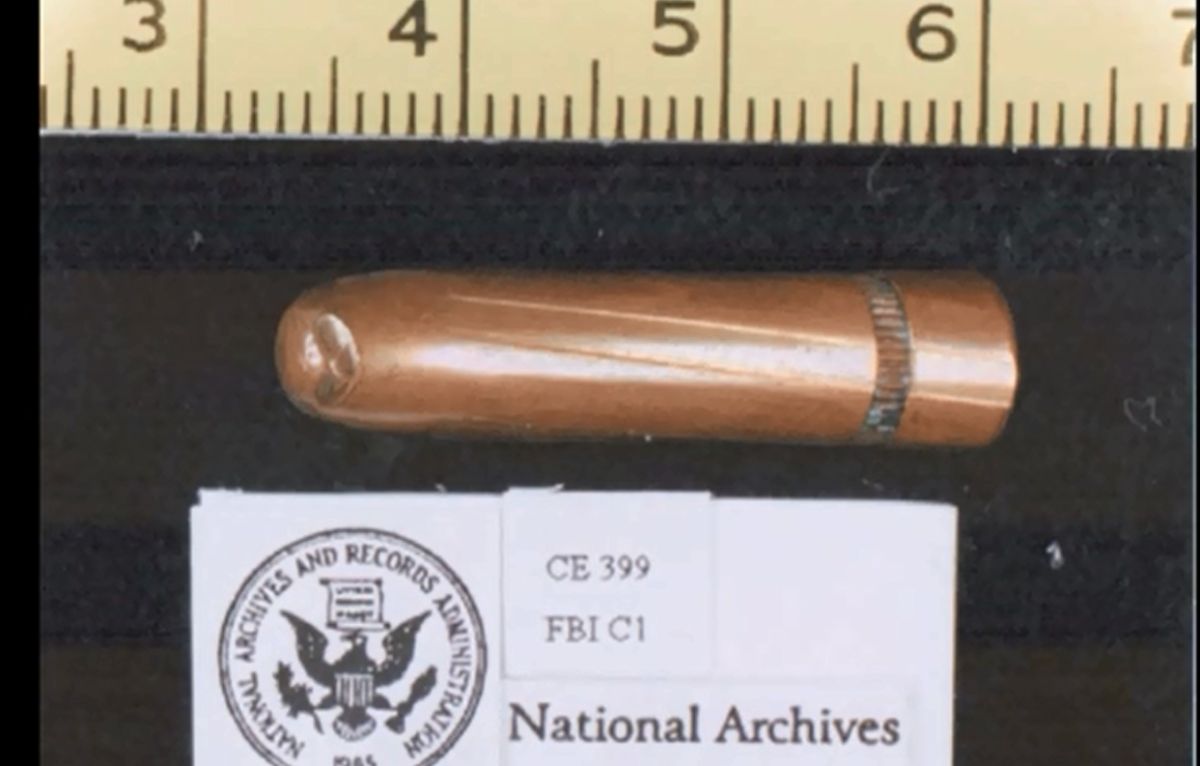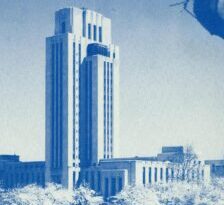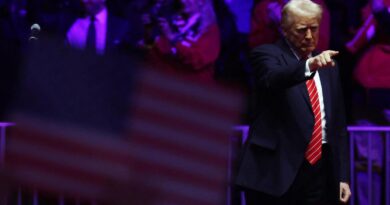What Is the Single-Bullet Theory?

Among the melee of conspiracy theories that have risen and fallen in the years since the 1963 assassination of President John F. Kennedy, one theory has remained the focus of intense debate: the single-bullet theory.
This theory, supported by the 1964 findings of the Warren Commission investigating Kennedy’s assassination, posits that the president was shot by the same bullet that also injured Texas Gov. John Connally, who sat in the front seat of the presidential limousine. Some critics sarcastically refer to this as the “magic-bullet theory.”
The findings of the Warren Commission, and the 889-page final Warren Report, have been much maligned by analysts over the years. Even Attorney General Robert Kennedy (JFK’s brother) is on record as saying the Warren Report was a “shoddy piece of craftsmanship,” and three members of the commission expressed doubts about the single-bullet theory. [Top 10 Persistent JFK Assassination Conspiracy Theories]
According to proponents of the single-bullet theory, as the presidential motorcade made its way past the Texas School Book Depository in Dallas, Lee Harvey Oswald raised his Mannlicher-Carcano rifle and took aim at Kennedy’s head, six stories below.
With a single shot from Oswald’s rifle, a 6.5-millimeter bullet pierced Kennedy’s suit coat from the rear before puncturing his body to the right of his spine. The bullet exited Kennedy’s body through the front of his neck below his Adam’s apple.
The bullet — later dubbed Commission Exhibit 399, or CE 399 — then punctured Connally’s back, shattering his fifth right rib bone. After exiting the front of Connally’s chest, the bullet shot through his right wrist, breaking one of his wrist bones, before burying itself beneath the skin of Connally’s left thigh.
Unlikely path of travel?
This path of travel — considered highly unlikely by critics of the single-bullet theory — means CE 399 went through the bodies of two adult men, tore through about 15 inches of human flesh, broke two bones and punctured 15 different layers of clothing.
The bullet was recovered at Parkland Memorial Hospital on a gurney in the hospital corridor. It was later determined that the gurney was next to the one that carried Connally into the hospital.
The single-bullet theory doesn’t exclude additional shots, or additional bullets hitting the president. Most witnesses and analysts believe that a total of three shots were fired. Whether those additional shots were fired by Oswald or by a second gunman — perhaps from a nearby hill now referred to as “the grassy knoll” — remains a subject of intense debate, especially among conspiracy theorists.
The Zapruder film
The single shot, and the responses of Kennedy and Connally to the bullet, were captured on frames 210 through 225 of a film taken by Abraham Zapruder, a clothing manufacturer who was among the crowd watching the presidential motorcade pass through Dallas. Zapruder brought an 8 mm camera to record the event, not knowing that his 26 seconds of footage would become one of the most watched — and most controversial — films of all time.
As disturbing as frames 210 through 225 of the Zapruder film are, an even more shocking event occurs at frame 313: In it, the silent film shows the back of Kennedy’s head burst open as a second shot hits him near the base of his skull. This section of footage was not released to the public for years after the assassination due to its gruesome nature.
Zapruder himself was deeply troubled by his now-infamous film, especially the violent nature of frame 313. (He reportedly had a nightmare in which he saw an advertisement announcing, “See the President’s Head Explode!”) So when Zapruder sold the rights to the film to Life magazine, he stipulated that frame 313 be withheld from publication. (It was not seen by the general public until a much criticized airing by ABC News in 1975.)
Support for the single-bullet theory
Numerous re-enactments, computer analyses, research into the Zapruder film and other evidence have lent considerable credibility to the single-bullet theory. John McAdams, a professor of political science at Marquette University in Milwaukee, Wis., is a well-known expert on the Kennedy assassination who also makes a practice of debunking Kennedy-assassination conspiracy theories.
McAdams, on his voluminous website dedicated to the killing, offers substantial evidence for the single-bullet theory. “Thomas Canning was a NASA scientist who studied the single-bullet trajectory for the House Select Committee on Assassinations,” McAdams wrote, referring to the congressional committee that was convened in 1976 to re-examine the work of the Warren Commission.
“The result was an alignment that showed the bullet leaving Kennedy’s throat to strike Connally in the back near the shoulder — which is where Connally was actually struck,” McAdams wrote. He added, “Failure Analysis Associates, in work done for a 1992 mock trial of Lee Harvey Oswald for the American Bar Association, used 3-D computer animation and modelling techniques to research the bullet trajectory, and concluded that the single-bullet trajectory works.”
More recently, a television program that aired in 2004 on the Discovery Channel attempted to duplicate the conditions of the assassination using up-to-date forensics research and materials. Their re-enactment, shown on “Unsolved History: JFK — Beyond the Magic Bullet,” found that a single bullet duplicated almost exactly the path of travel postulated by proponents of the single-bullet theory.
Criticisms of the single-bullet theory
The trajectory of the bullet that supposedly penetrated Kennedy’s neck and Connally’s torso is one of the many points of contention of the single-bullet theory. Critics charge that because of the position of the two men in the limousine, the bullet would have had to change course in midair to travel as proposed. [Our Favorite Urban Legends Debunked]
The fact that Connally was seen holding his hat in his right hand also caused suspicion, since he was supposedly wounded in his right wrist by the single bullet. The unusual circumstances surrounding the discovery of the CE 399 bullet — it was reportedly picked up off the floor by a nurse, or discovered by a hospital engineer, according to various reports — and the bullet’s so-called “pristine” condition, have likewise raised the hackles of conspiracy theorists.
The single-bullet theory gives credibility to the conclusion of the Warren Commission and other research that Oswald acted as a lone gunman who shot Kennedy because of Oswald’s pro-Communist leanings and/or because of his depressed mental state.
Whether Oswald was a lone gunman, or was a pawn of Communist Cuba, or the Soviet Union, or the Mafia, or some other group, may never be known, especially since Oswald was murdered by Dallas nightclub owner Jack Ruby shortly after his arrest.
Nonetheless, the countless theories surrounding the assassination of Kennedy show no sign of abating or being resolved: A Gallup poll released Nov. 15 — a full 50 years after the event — found that 61 percent of Americans believe the killing was the result of a still-undetermined conspiracy.
Correction: This article was corrected at 1:20 p.m. to clarify the nature of the Zapruder film. It is a color film, not black-and-white.
Follow Marc Lallanilla on Twitter and Google+. Follow us @livescience, Facebook & Google+. Original article on LiveScience.
*** This article has been archived for your research. The original version from Live Science can be found here ***


